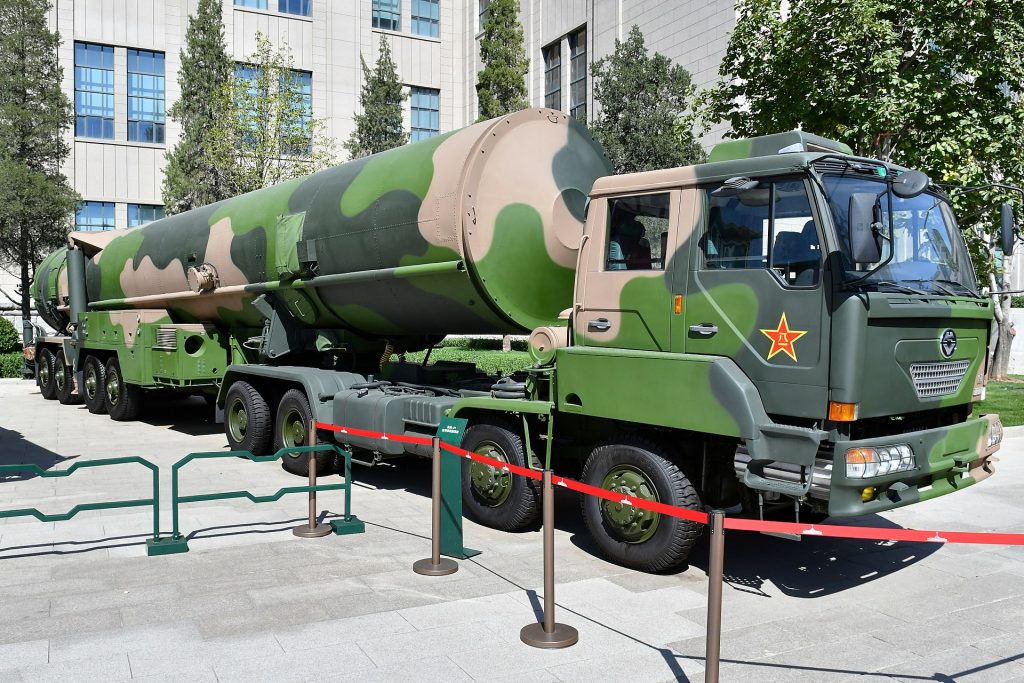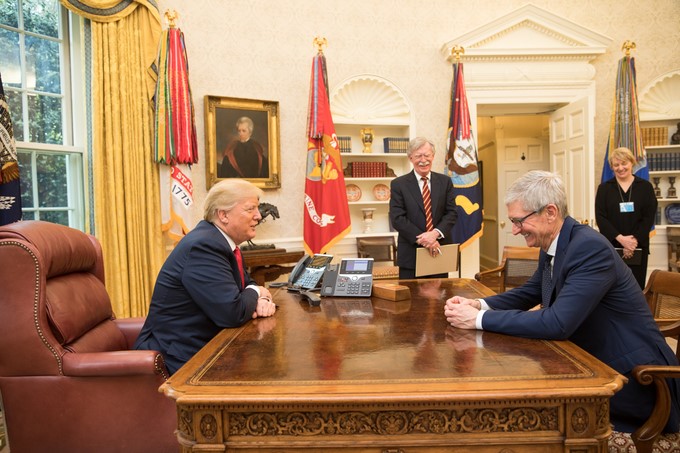:focal(484x176:485x177)/https://public-media.si-cdn.com/filer/b7/c1/b7c1b6de-75be-4e69-9874-ba98a7af2f75/ap_521114044.jpg) The diamond came from India’s alluvial mines thousands of years ago, sifted from the sand. According to Hindu belief, it was revered by gods like Krishna—even though it seemed to carry a curse, if the luck of its owners was anything to go by. The gem, which would come to be known as the Koh-i-Noor Diamond, wove its way through Indian court intrigues before eventually ending up in the British Crown Jewels by the mid-1800s. That was when a British amateur geologist interviewed gemologists and historians on the diamond’s origins and wrote the history of the Koh-i-Noor that served as the basis for most future stories of the diamond. But according to historians Anita Anand and William Dalrymple, that geologist got it all wrong.
The diamond came from India’s alluvial mines thousands of years ago, sifted from the sand. According to Hindu belief, it was revered by gods like Krishna—even though it seemed to carry a curse, if the luck of its owners was anything to go by. The gem, which would come to be known as the Koh-i-Noor Diamond, wove its way through Indian court intrigues before eventually ending up in the British Crown Jewels by the mid-1800s. That was when a British amateur geologist interviewed gemologists and historians on the diamond’s origins and wrote the history of the Koh-i-Noor that served as the basis for most future stories of the diamond. But according to historians Anita Anand and William Dalrymple, that geologist got it all wrong.
“We found what every historian longs for,” Dalrymple says. “A story which is incredibly important to people, an object known around the world, but which is all built on a structure of myth.”














